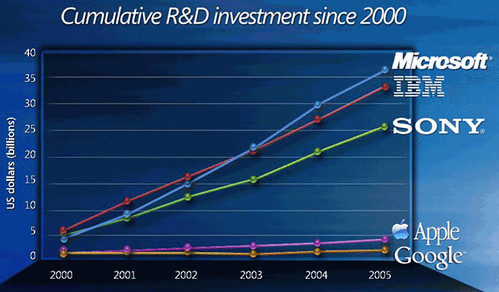I love a good horror movie. But I haven’t seen one recently, because the parallel trends of sadism (Saw, Hostel) or Japanese surrealism (The Ring, The Grudge) don’t interest me. I like my horror to have a story, some cleverness, and good thrills.
Last night, a bunch of guys went to see The Descent. It’s a horror film about 6 woman cave-diving. I was encouraged to see it in part by the mostly favorable reviews collected at Metacritic. I’ve learned not to put much stock in film critics’ opinions, but my triangulation of their thoughts lead me to believe that there was hope.
That hope was misplaced.
The Descent isn’t a bad movie, but, it’s a surprisingly boring one. There is no plot, so there’s nothing to really get you involved in what’s happening on screen. The bulk of the thrills are shocks and startles, which also doesn’t really get you involved. The film is little more than a ride, and, like rides at theme parks, doesn’t really go anywhere.
What I realized is that, in these bleak cinematic times, critics are so desperate for anything that doesn’t outright suck that they will laud the mediocre, because it shines by comparison. Which is sad.
No wonder box office take is down. Particularly when we have DVD access to truly great horror such as Alien, Nightmare on Elm Street, The Exorcist, Halloween, An American Werewolf in London, The Changeling, and more.
You know a horror film is pretty weak when you have no interest at all in the human characters, but find yourself curious about the society of the “Crawlers”, the subhuman cave-dwellers who serve as the enemy of the film. Are they hierarchical? What is the family dynamic? Courtship and mating rituals? How do they communicate? Anyway.




